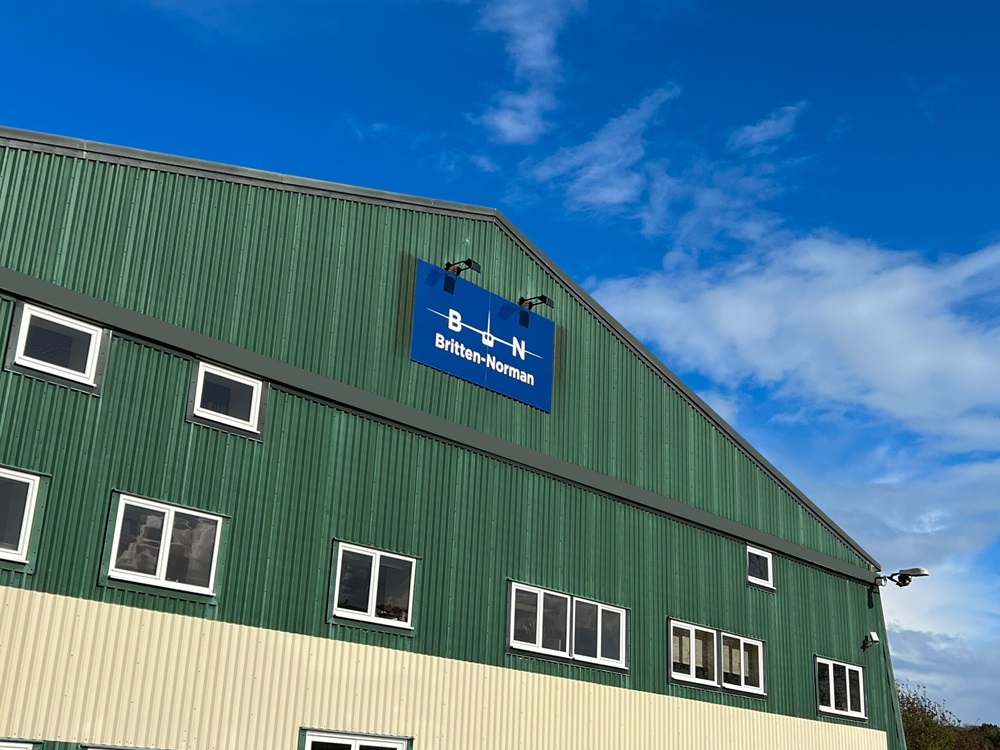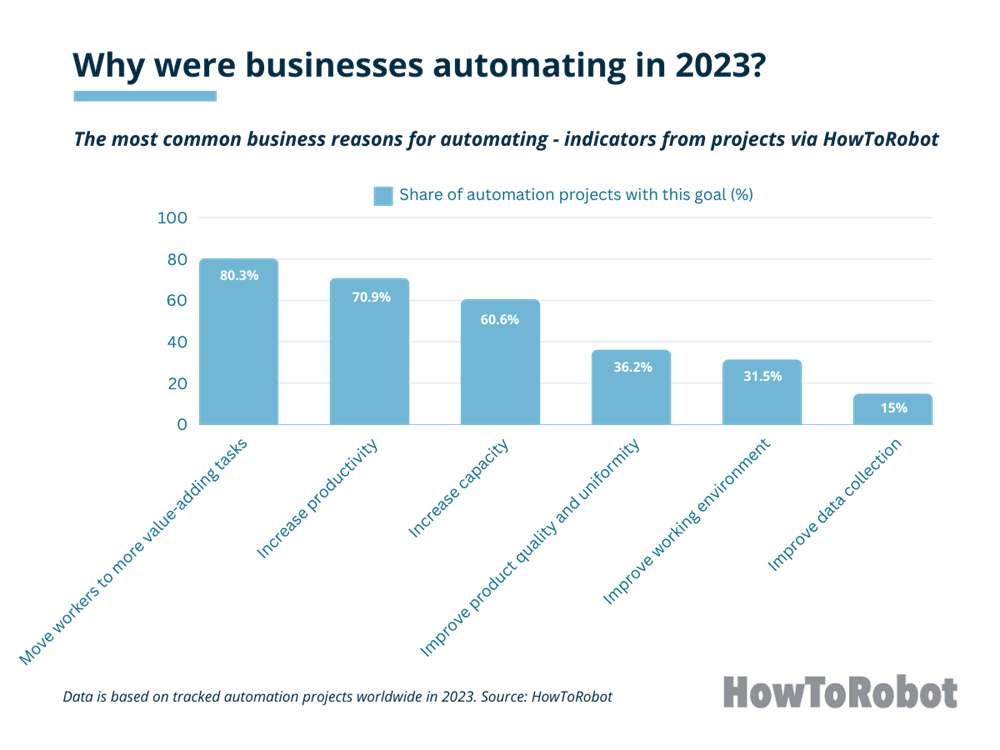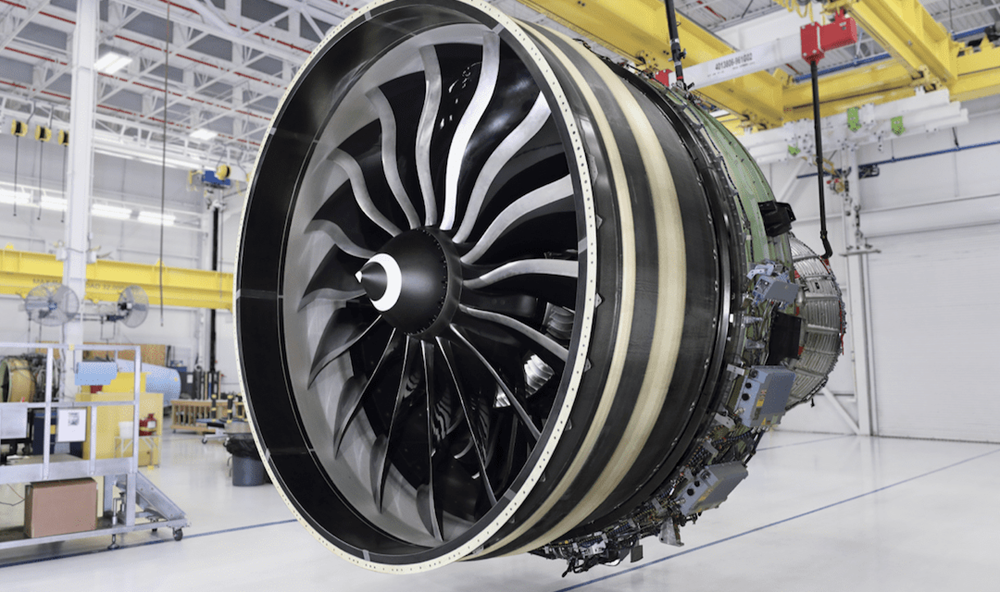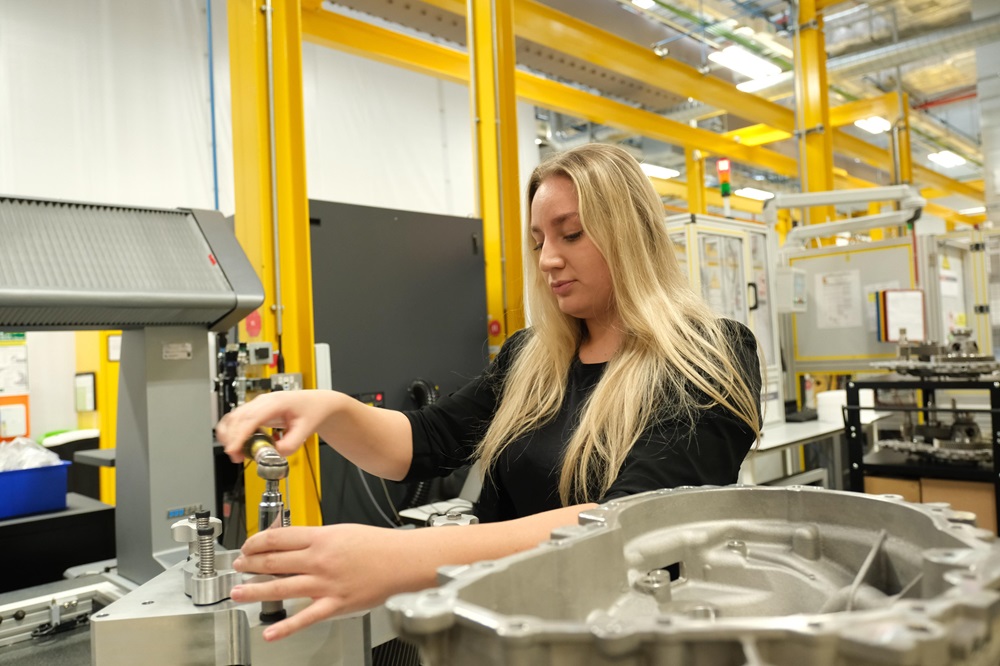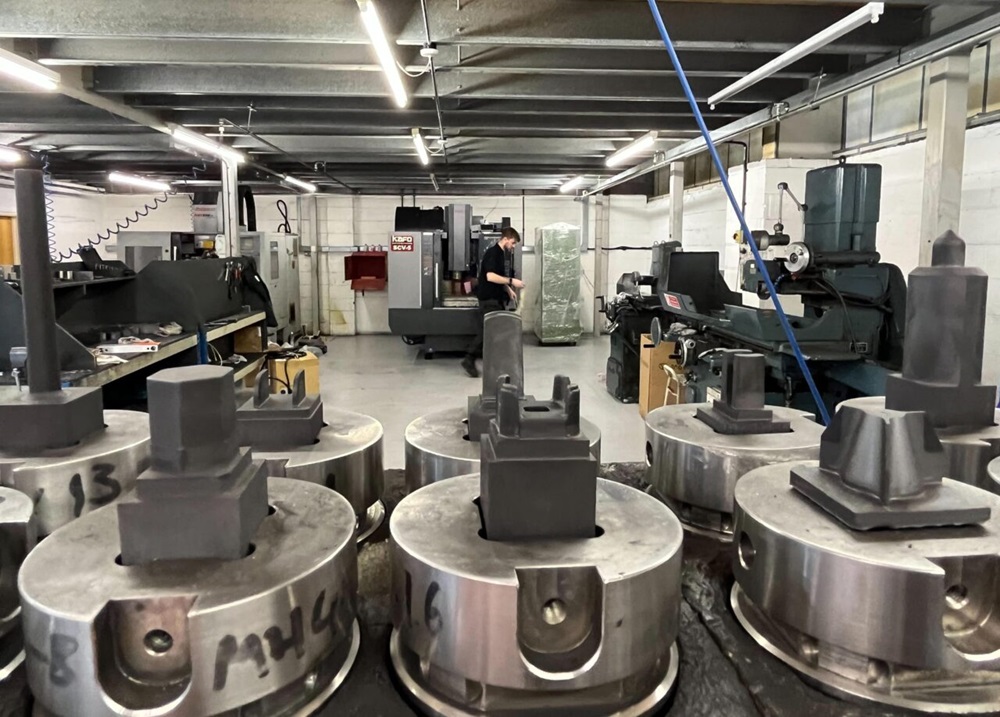Britten-Norman has secured new investment from a group of investors led by 4D Capital Partners LLP, a private equity firm that focuses on operational improvement and business transformation. The new investors are making funds available to Britten-Norman to fund working capital and drive successful long-term growth. Britten-Norman is the manufacturer of the Islander, which the company says is the world’s most iconic commercial light twin aircraft. In 2024, the business will be celebrating 70 years since it was first established at Bembridge Airport on the Isle of Wight, UK.
For further information www.britten-norman.com






